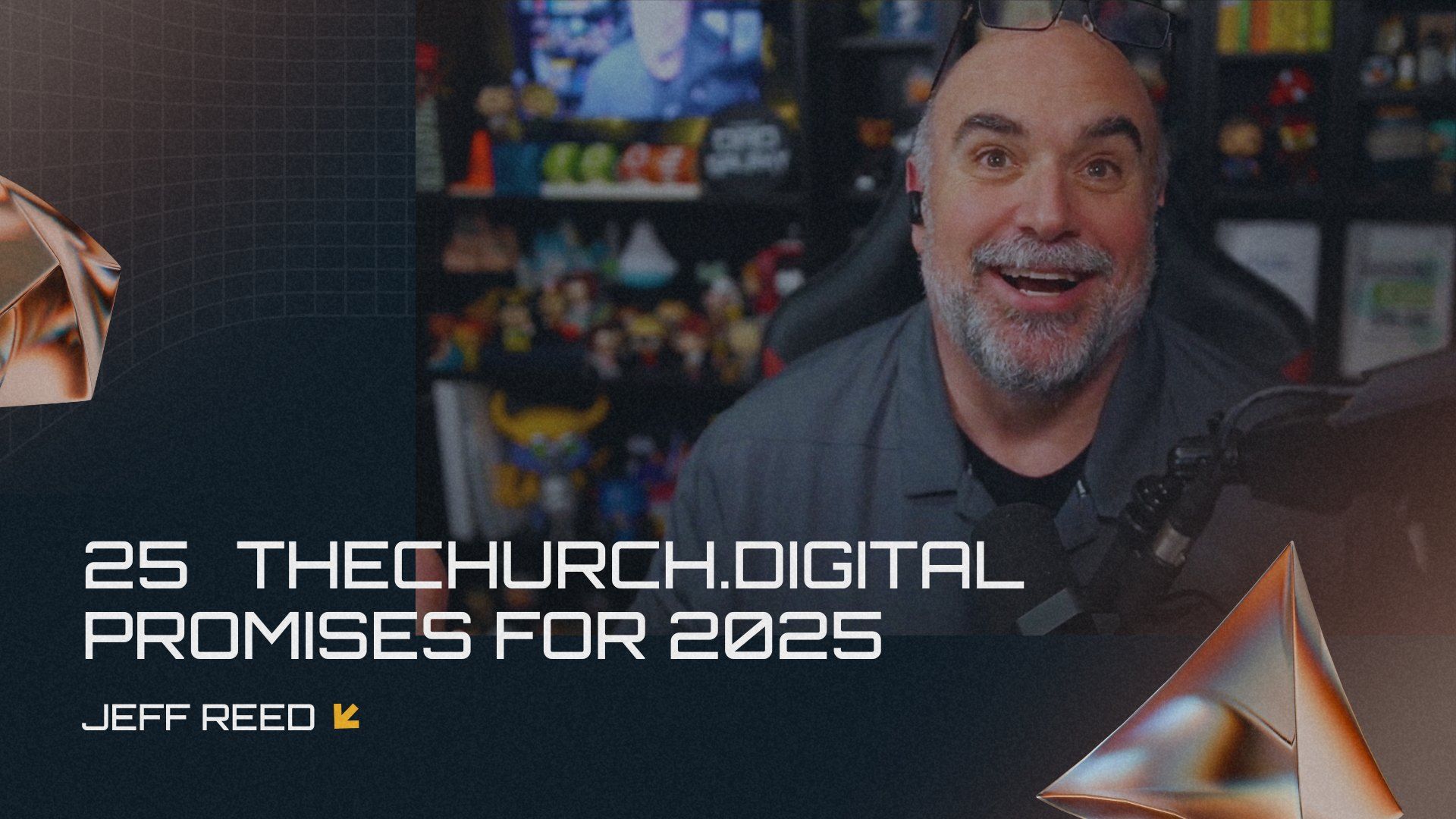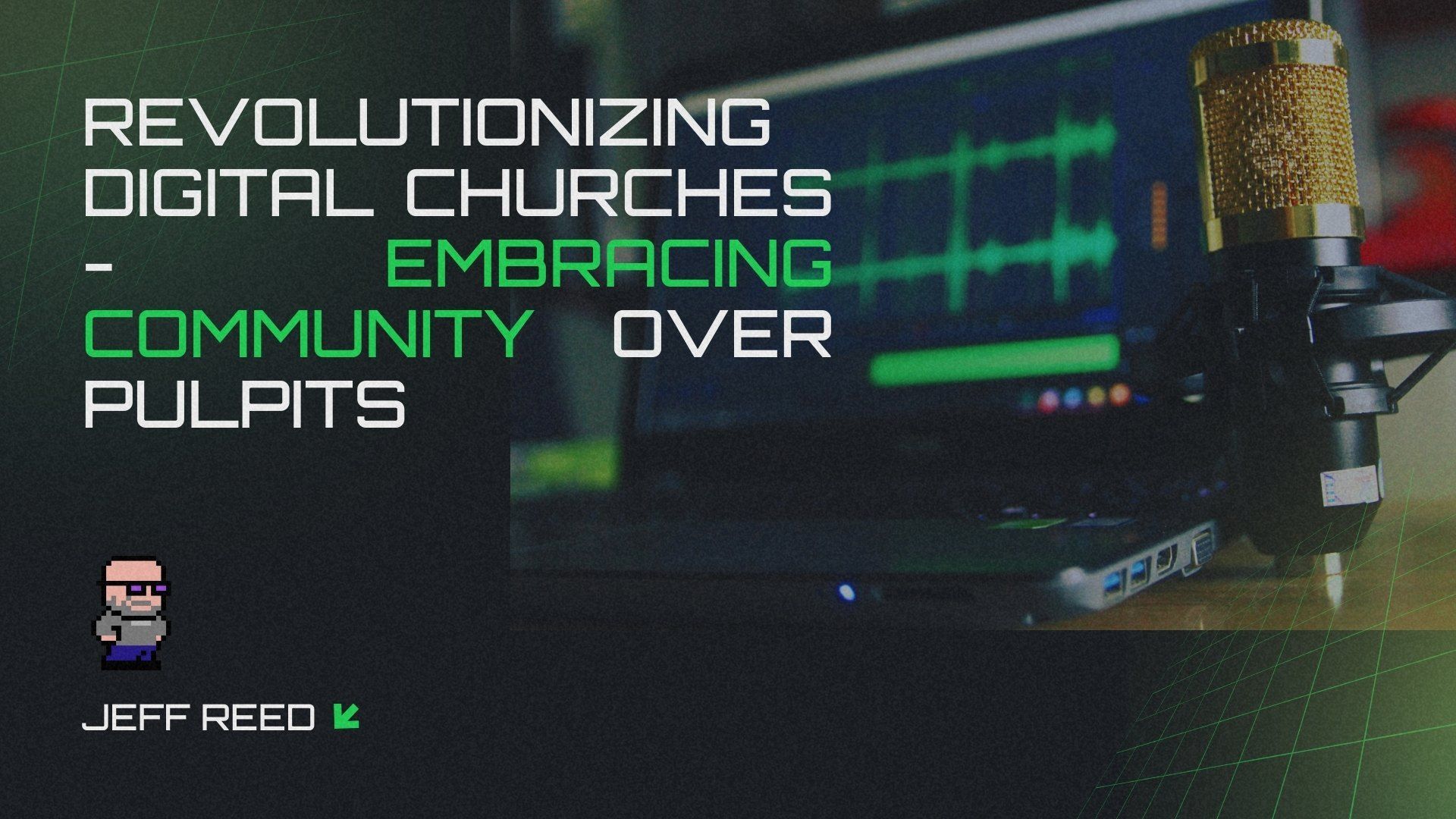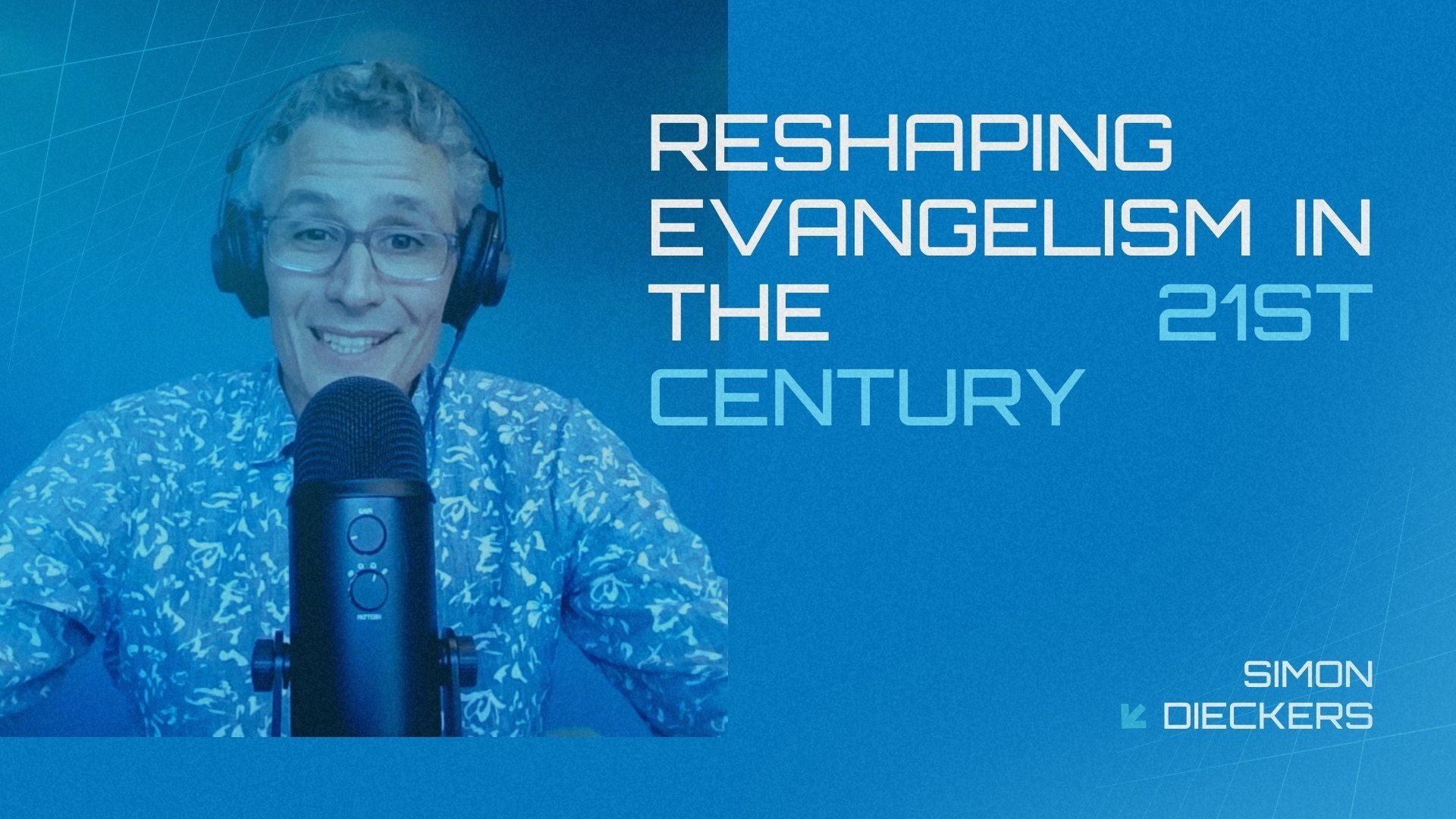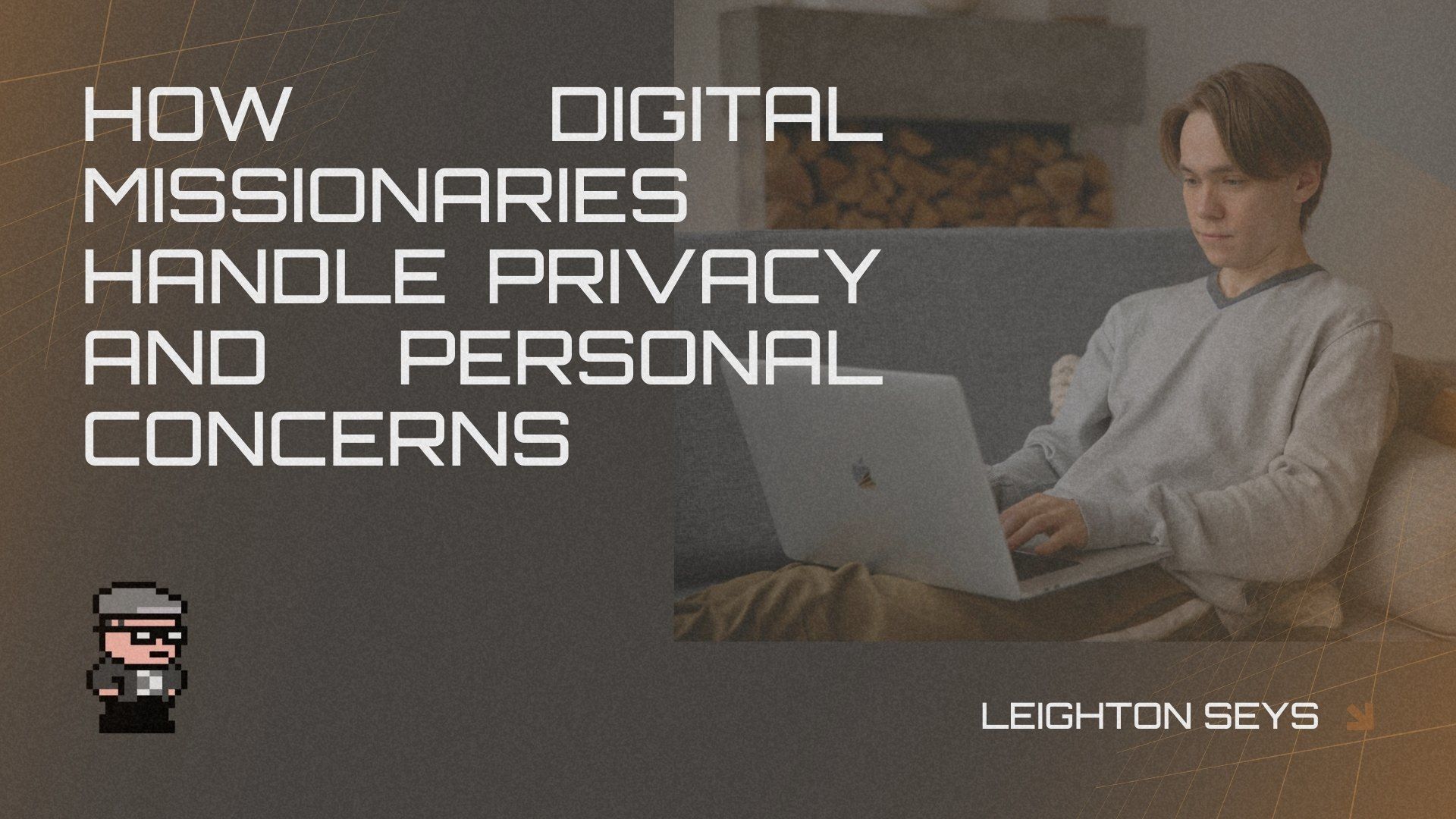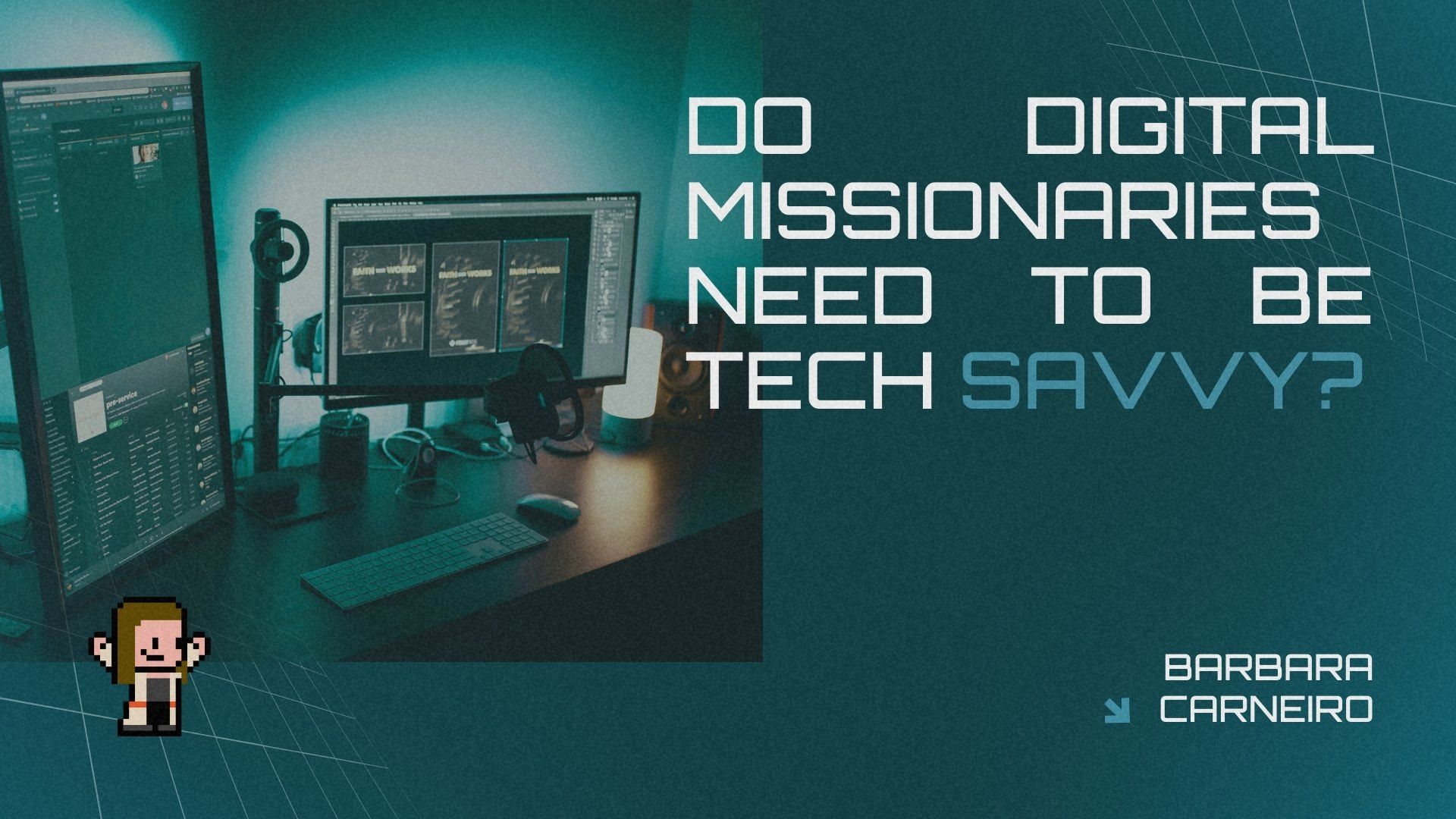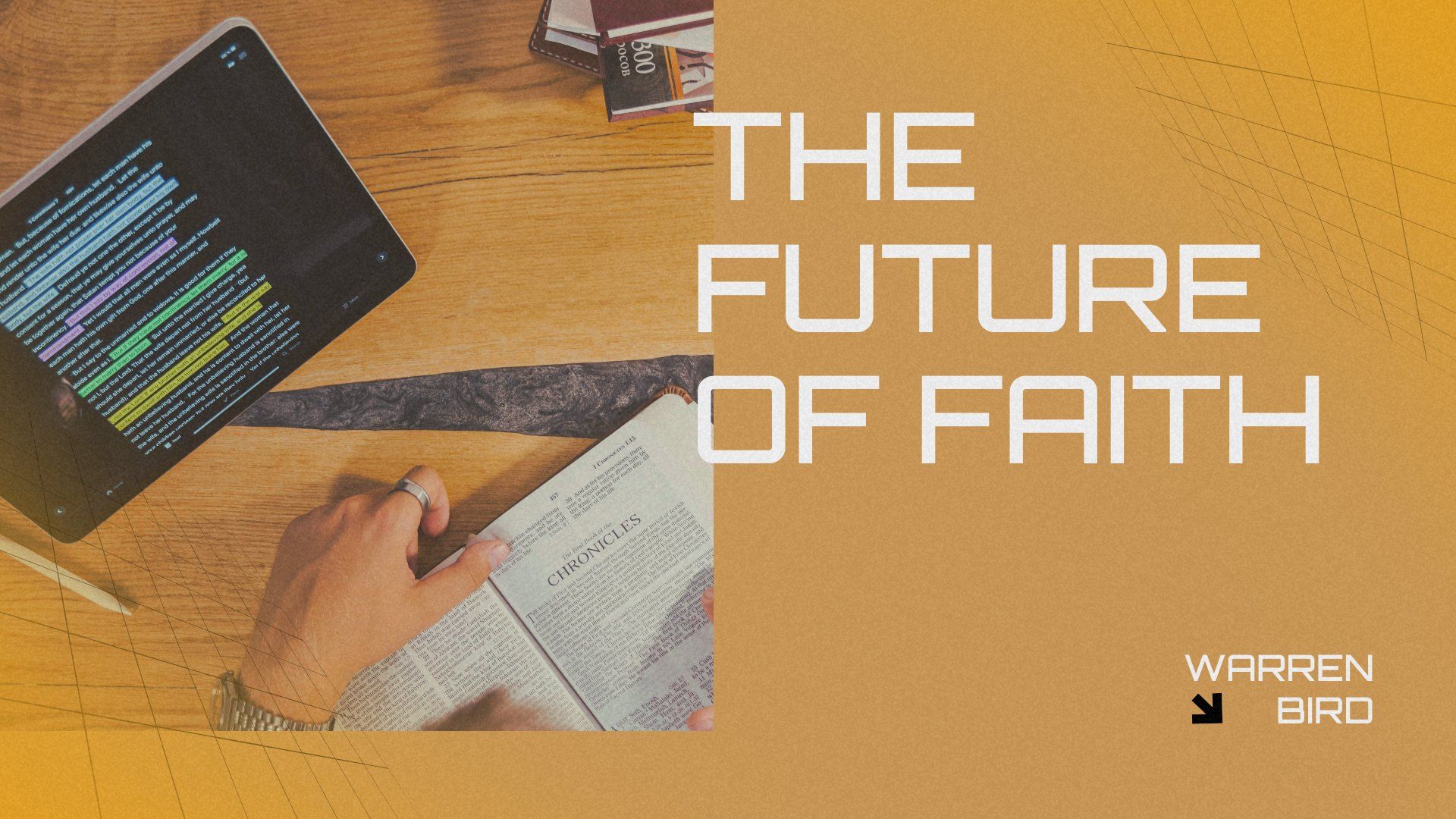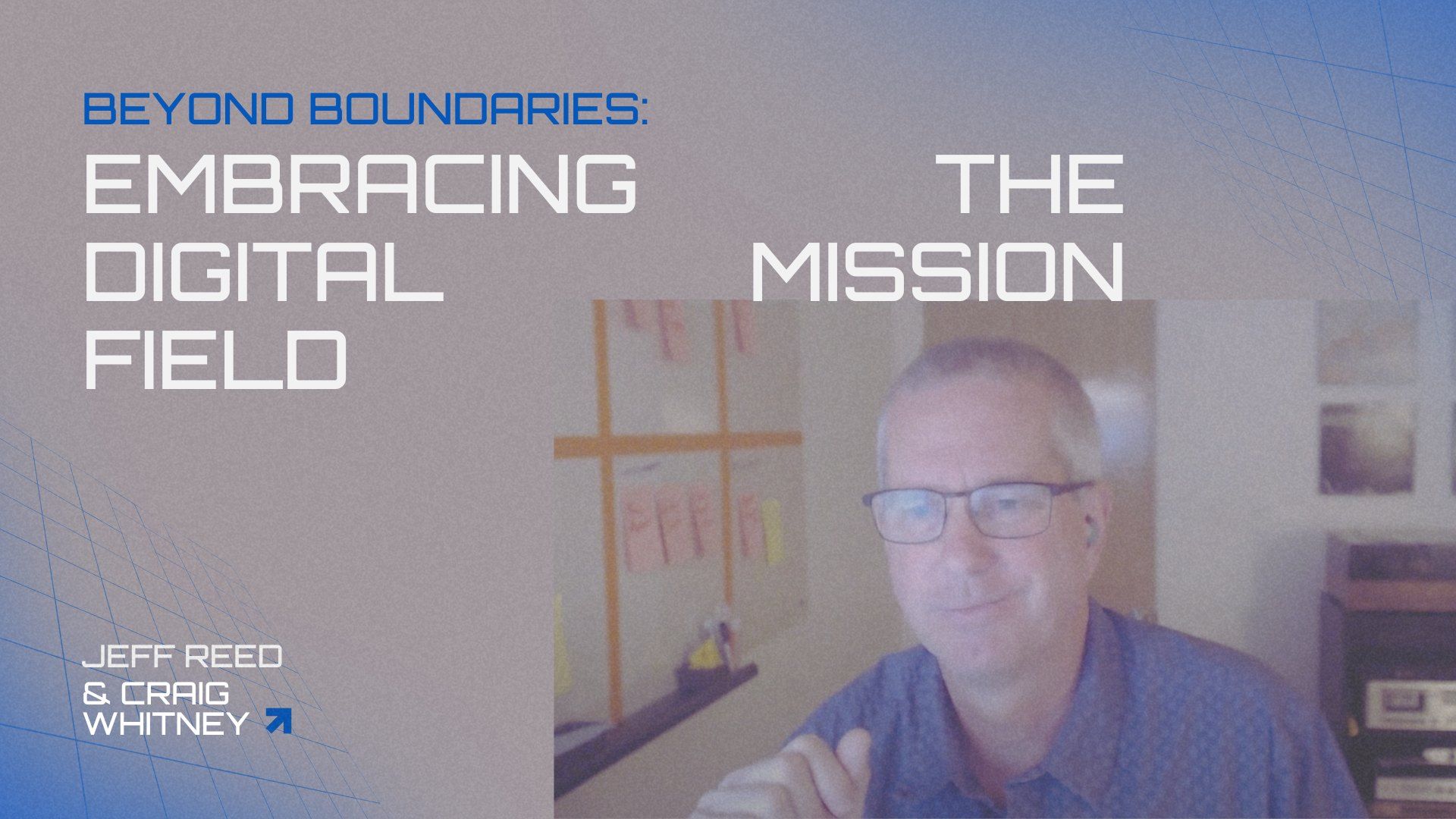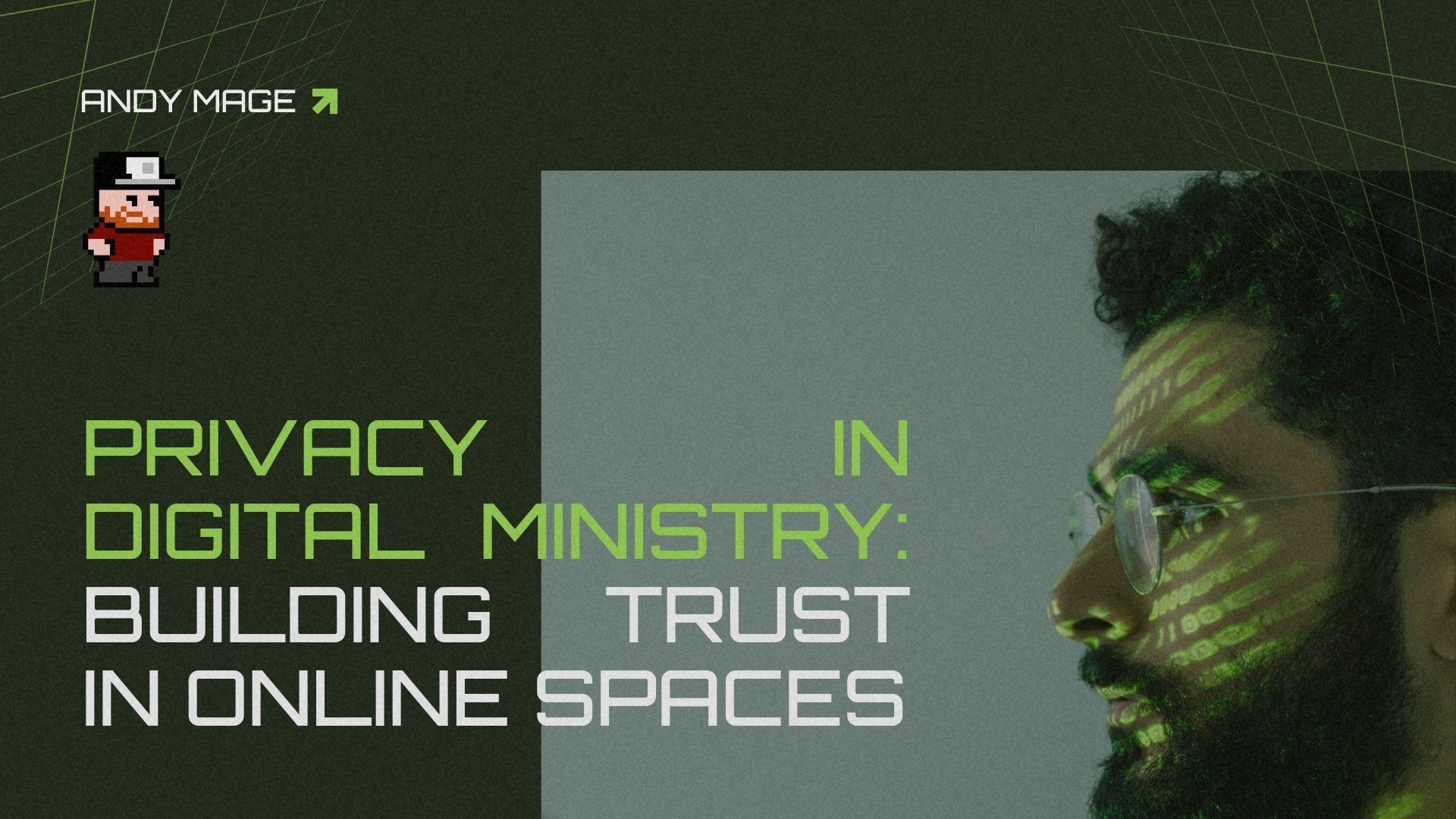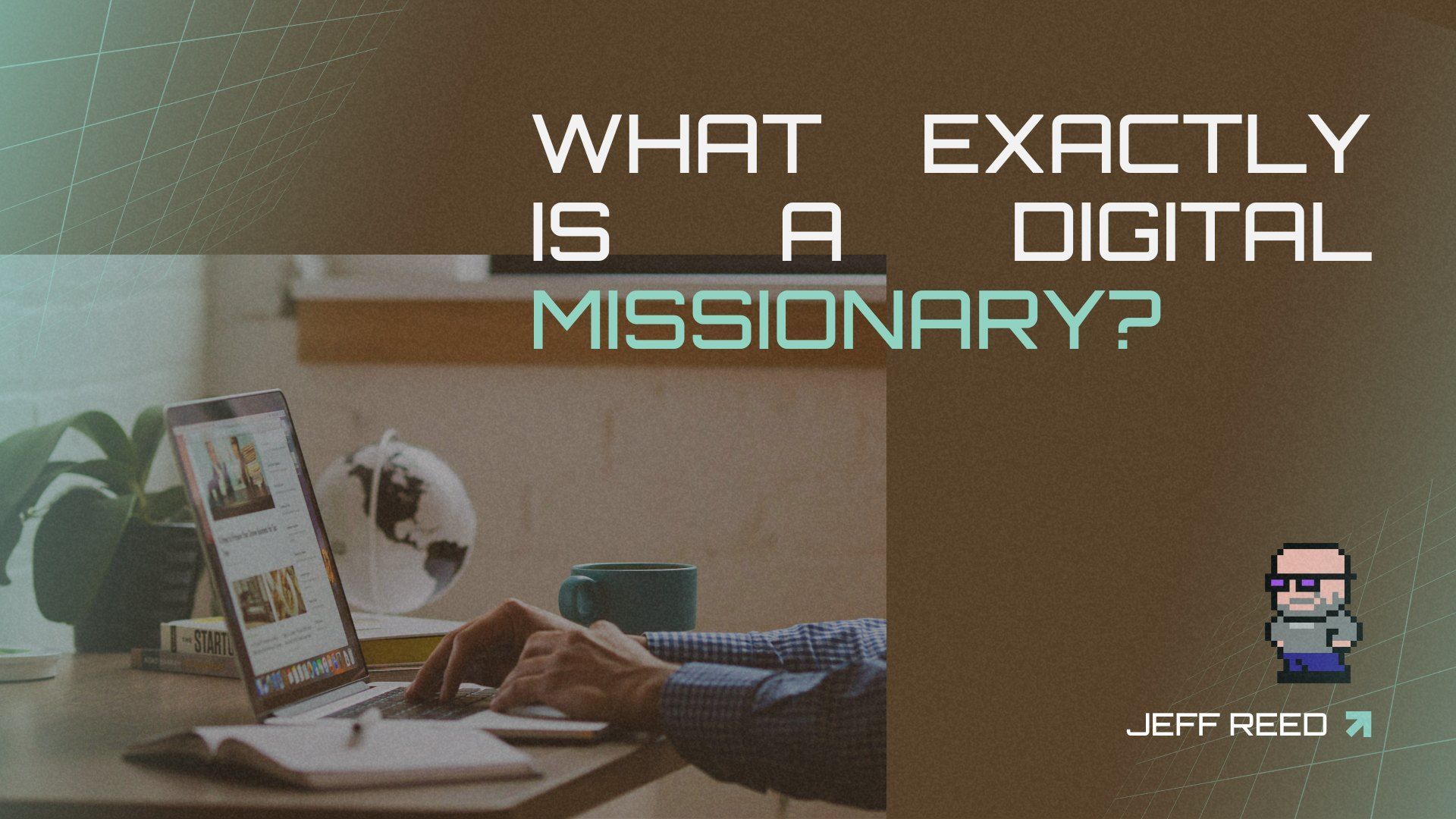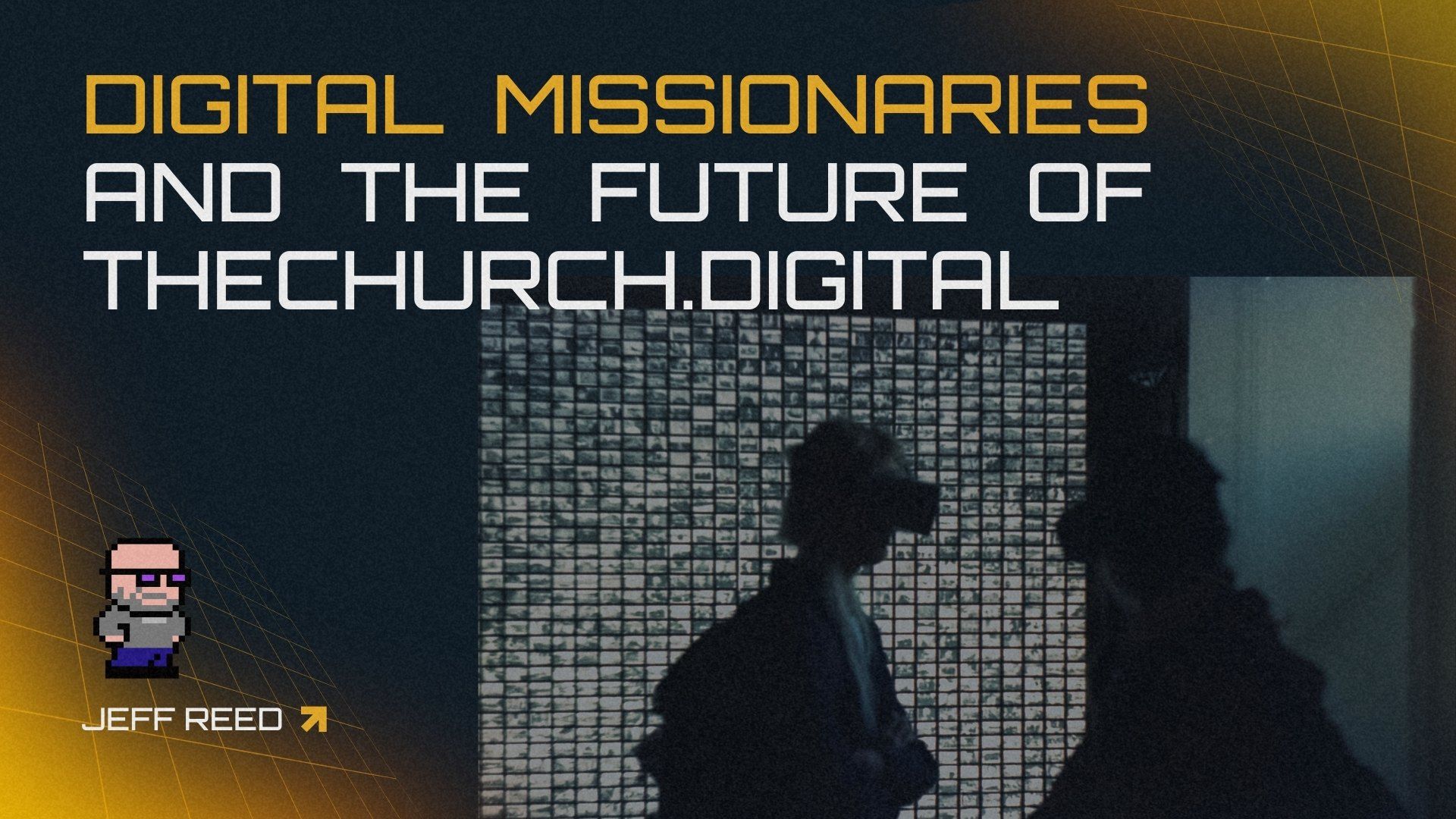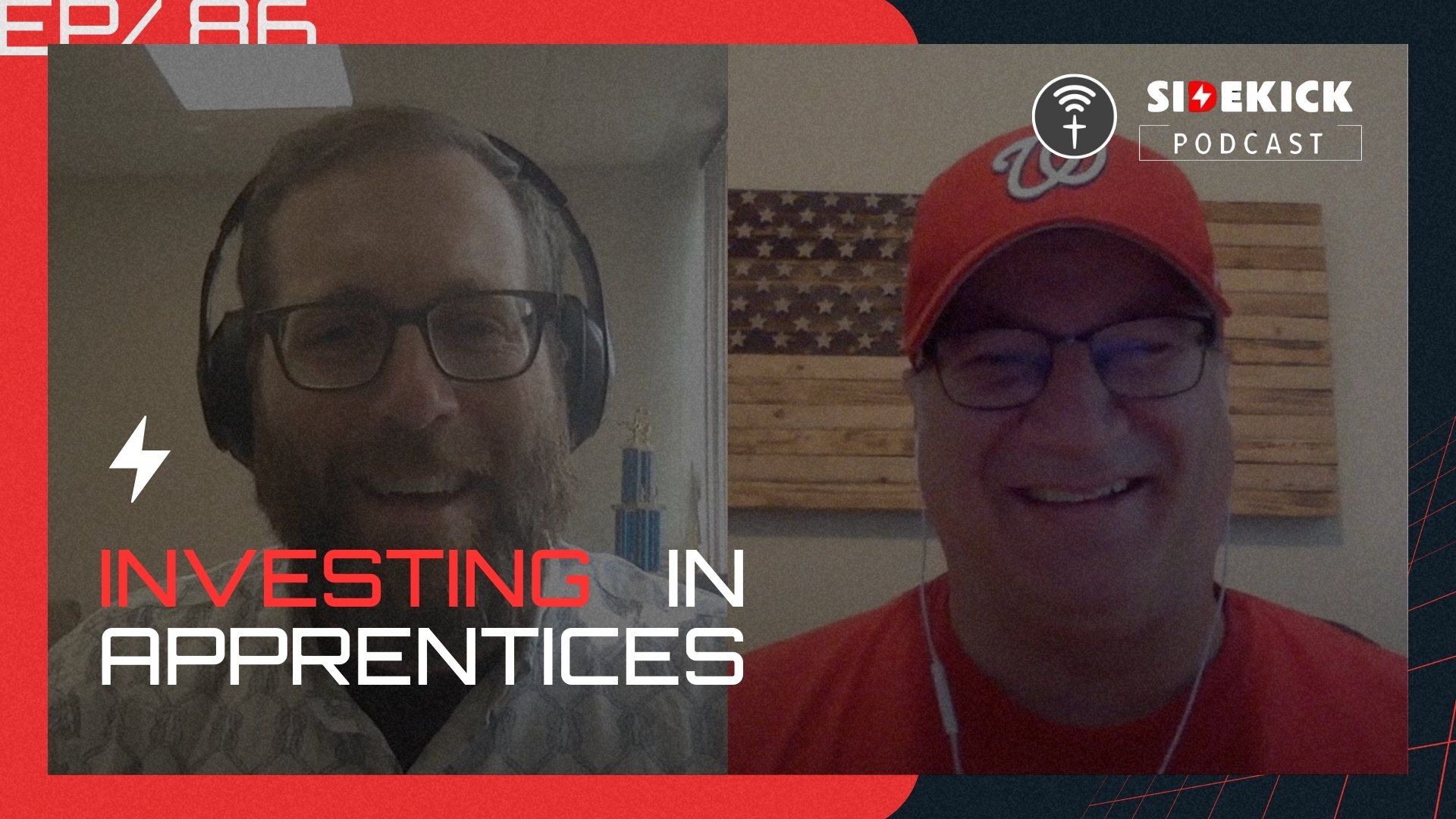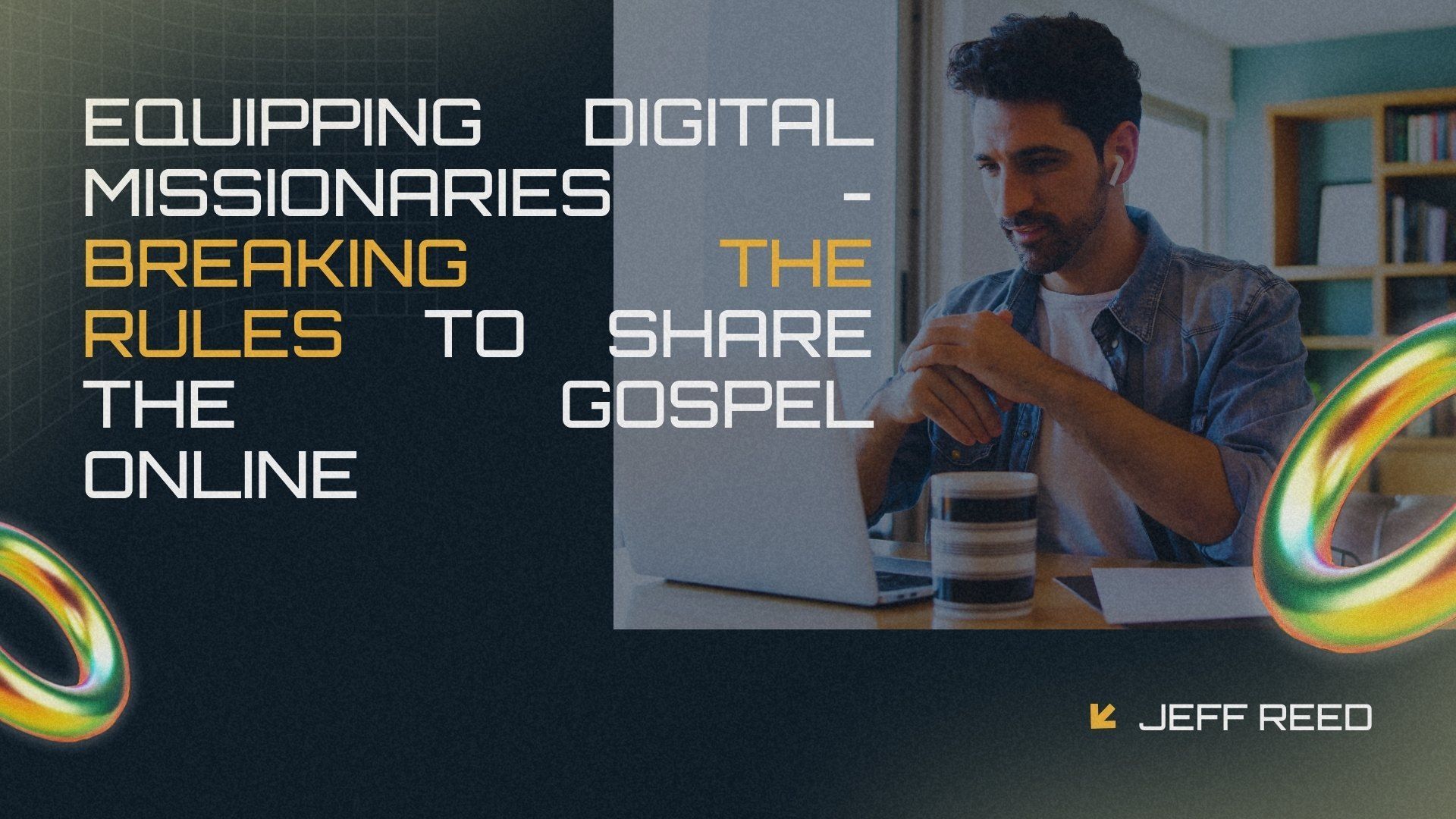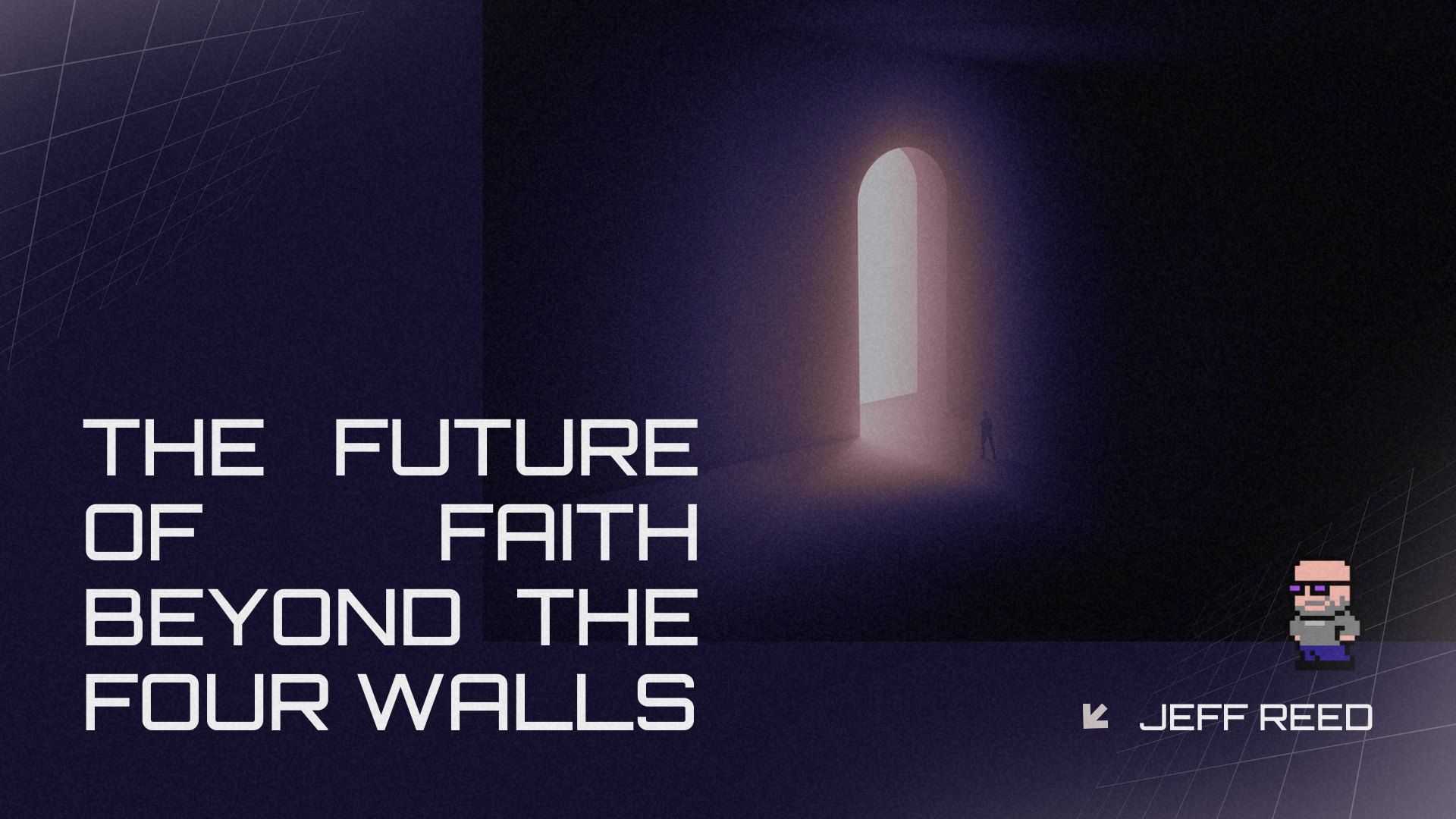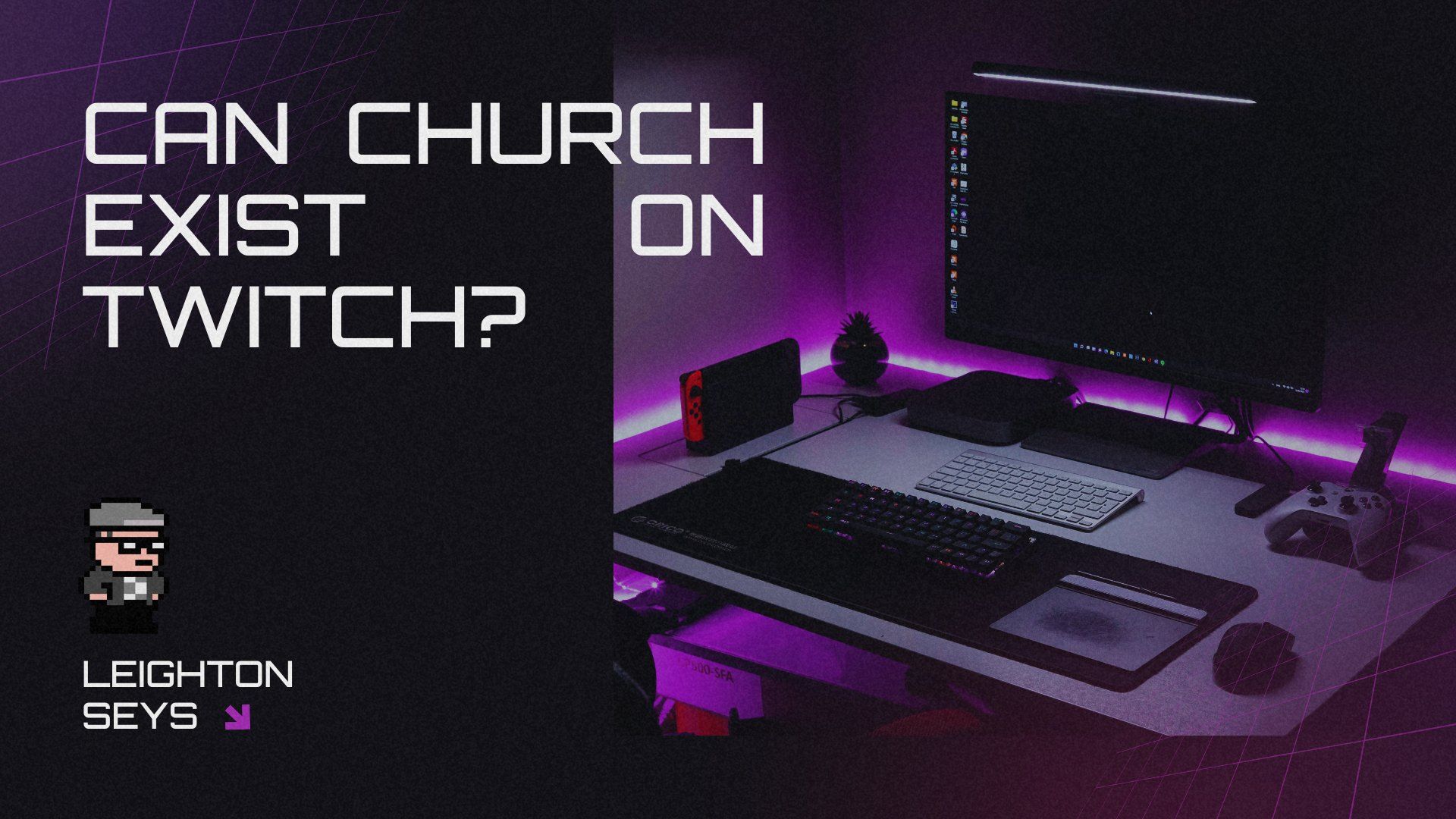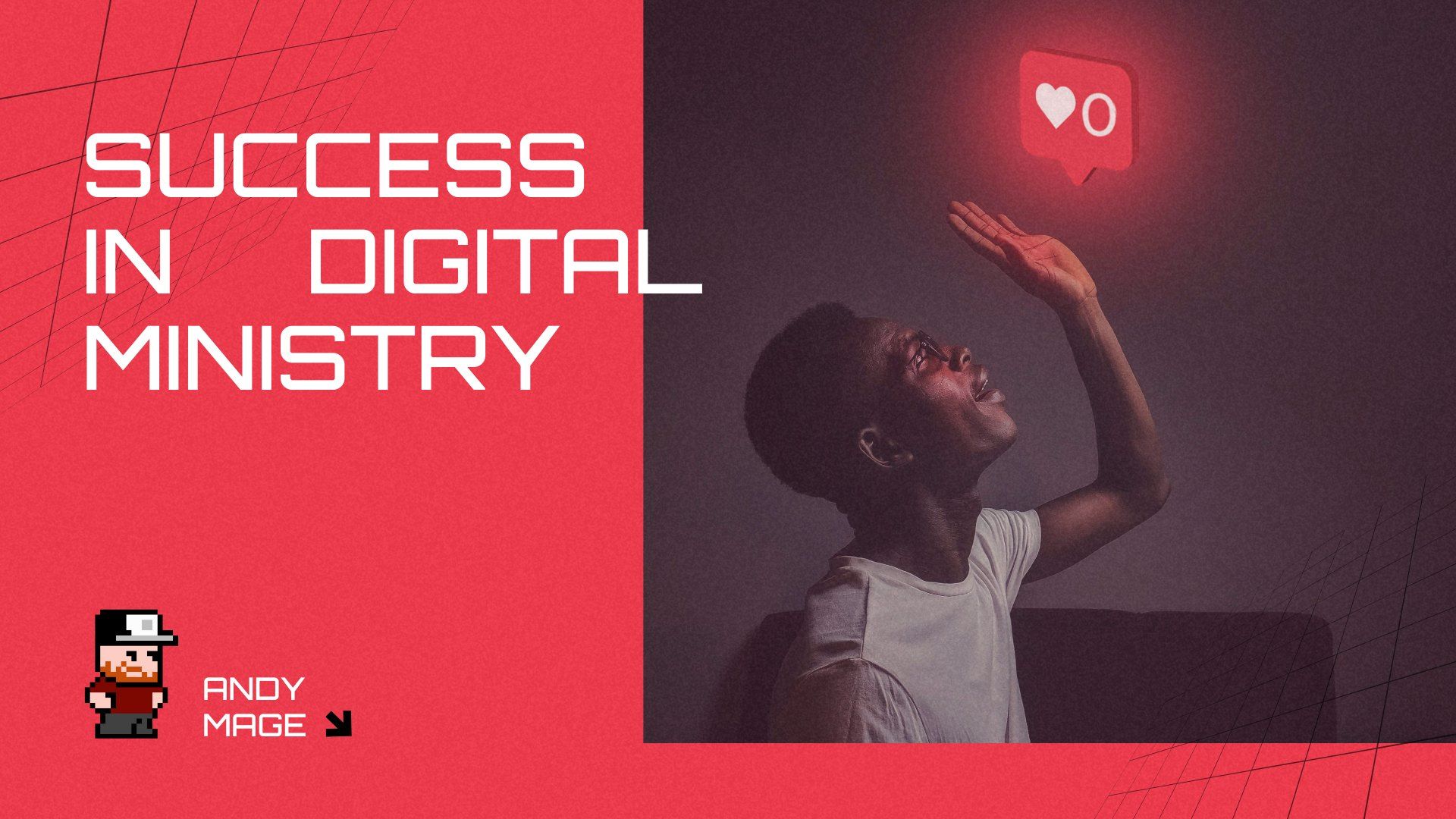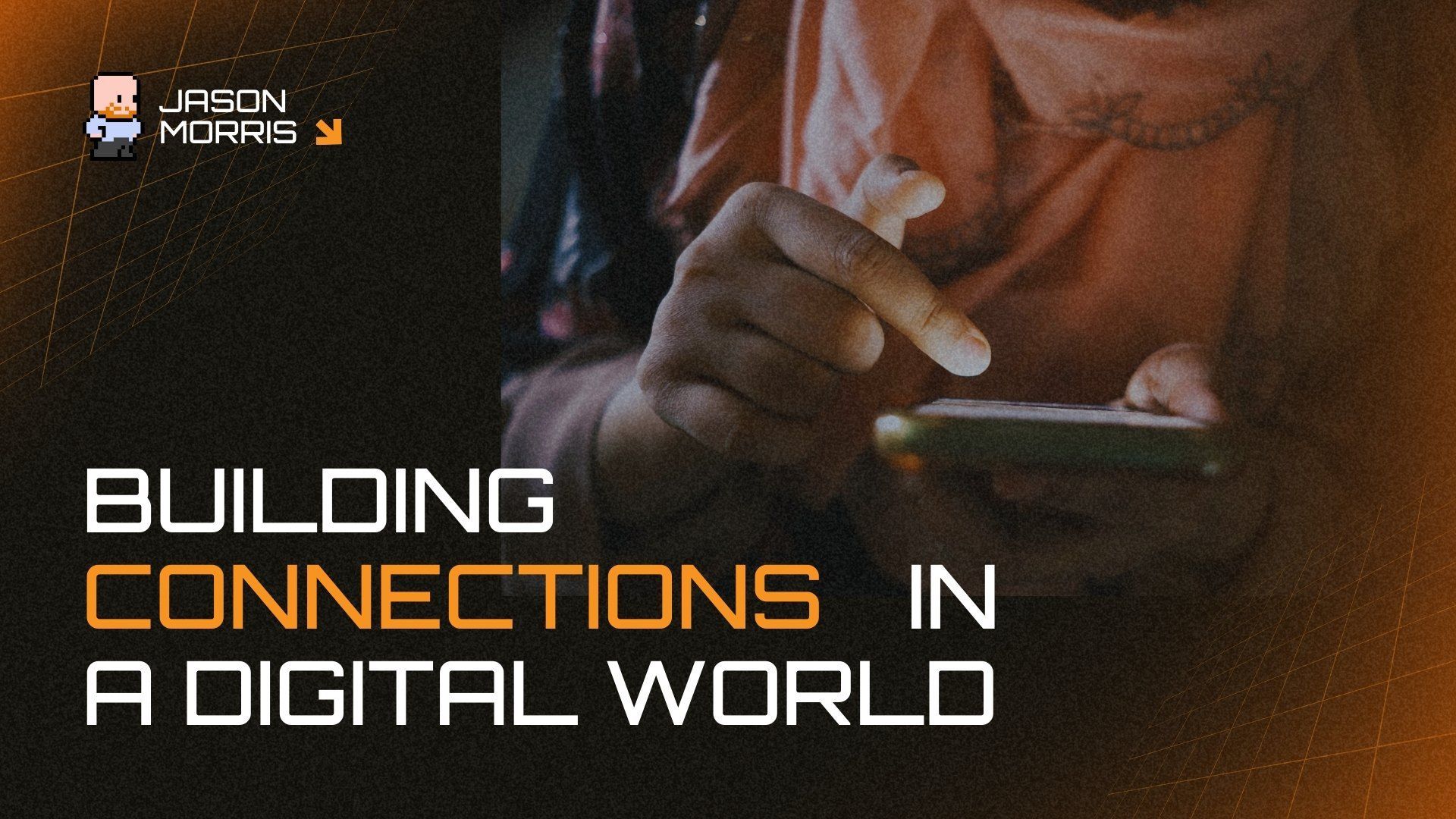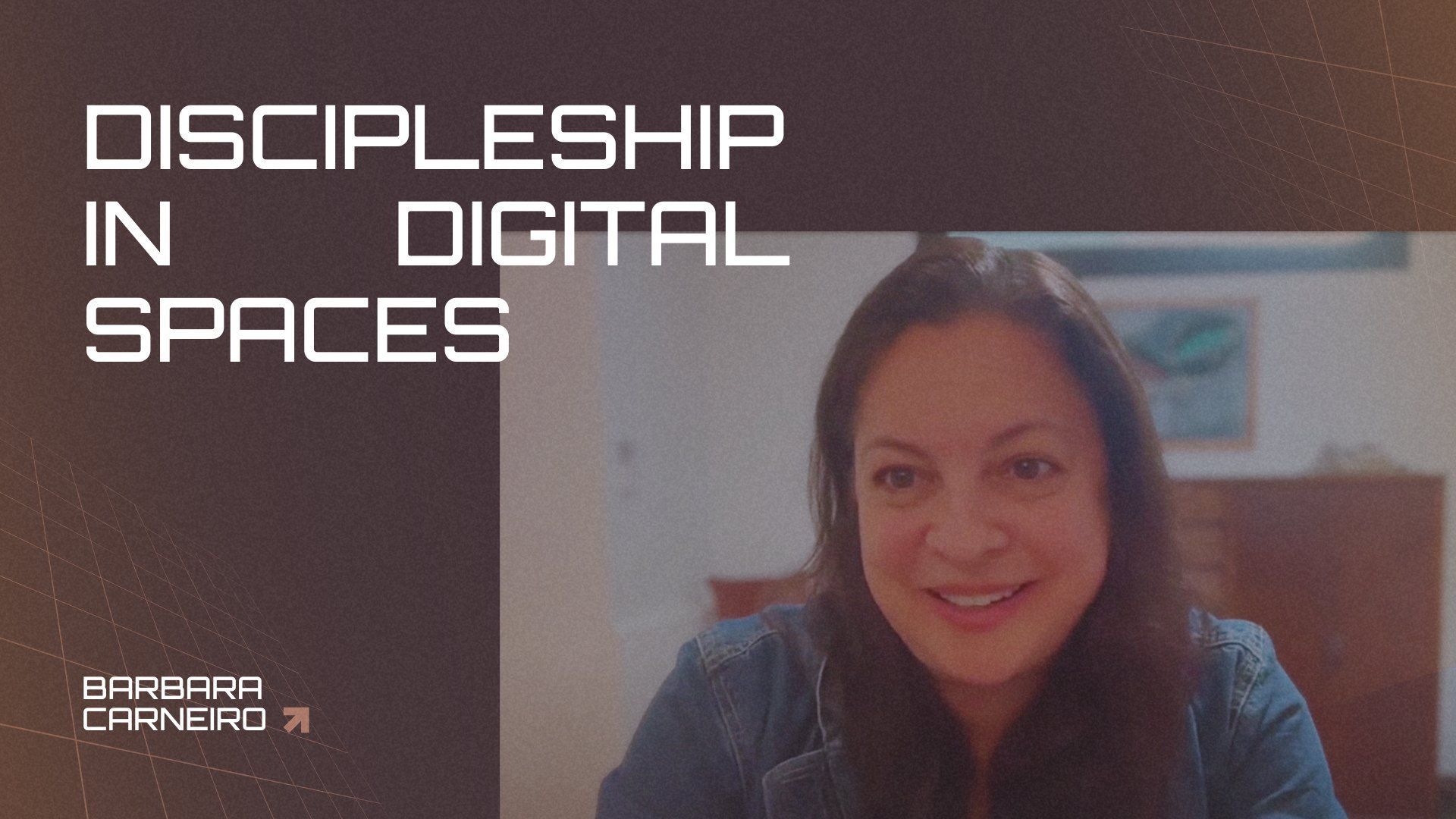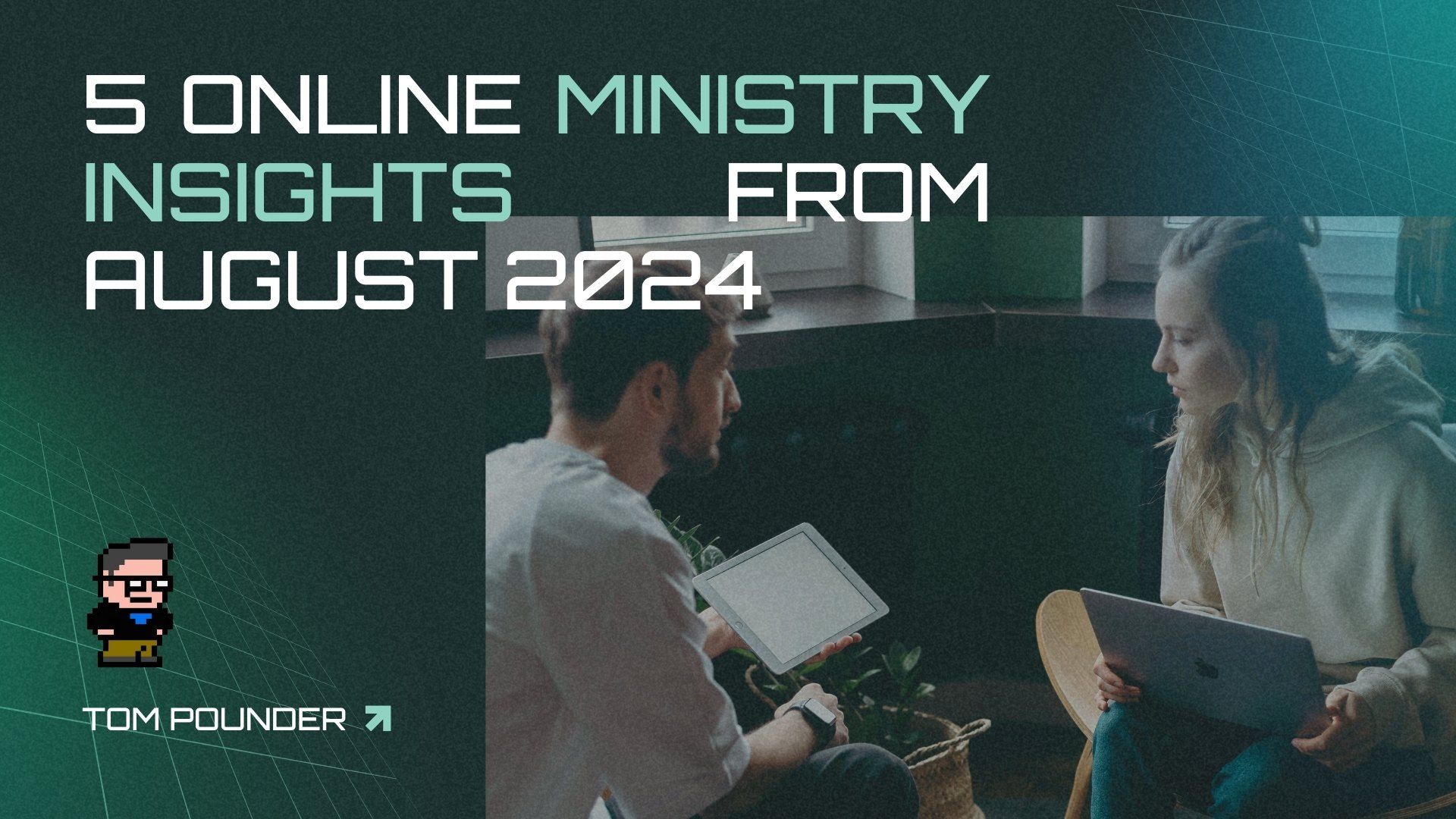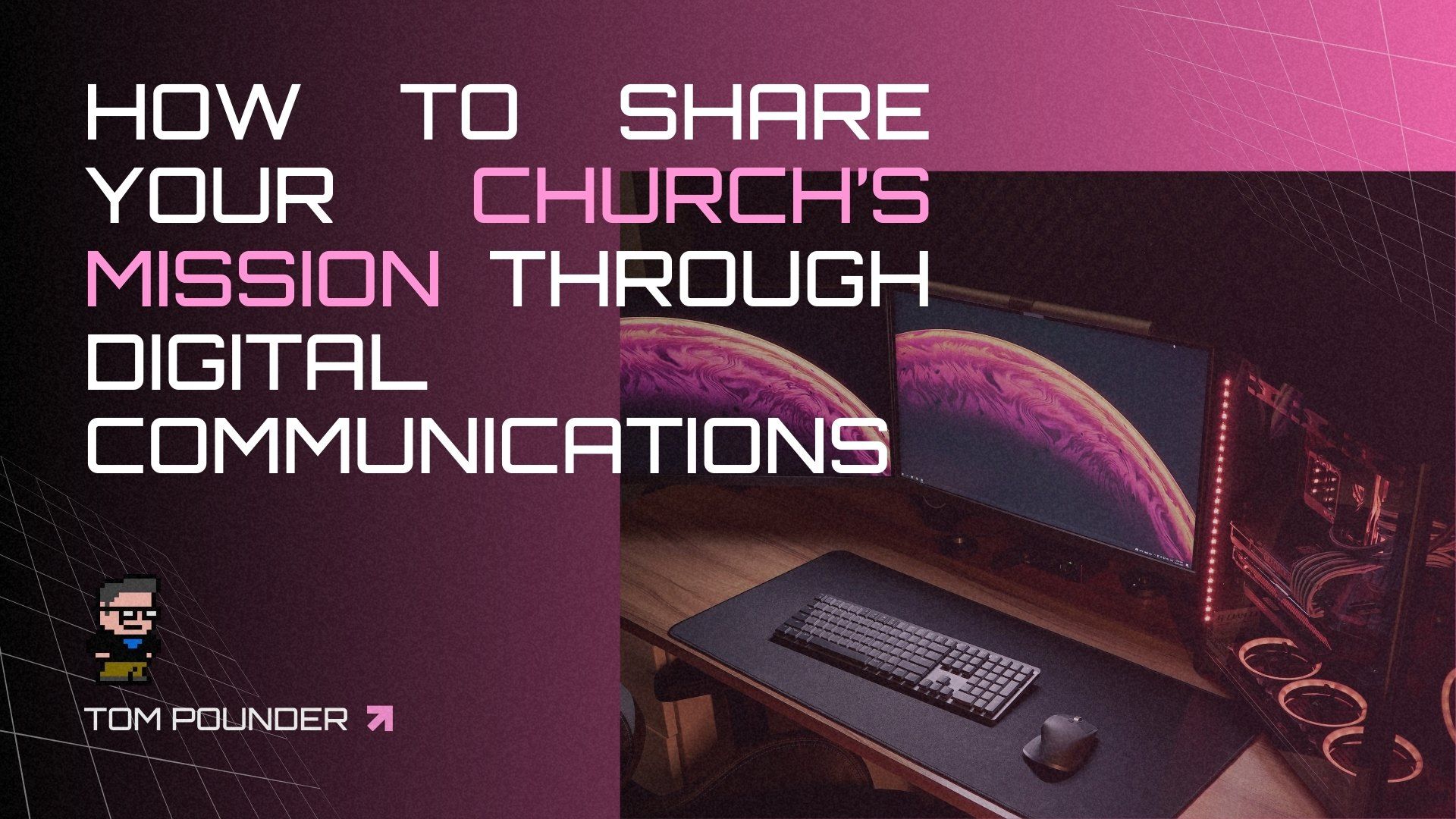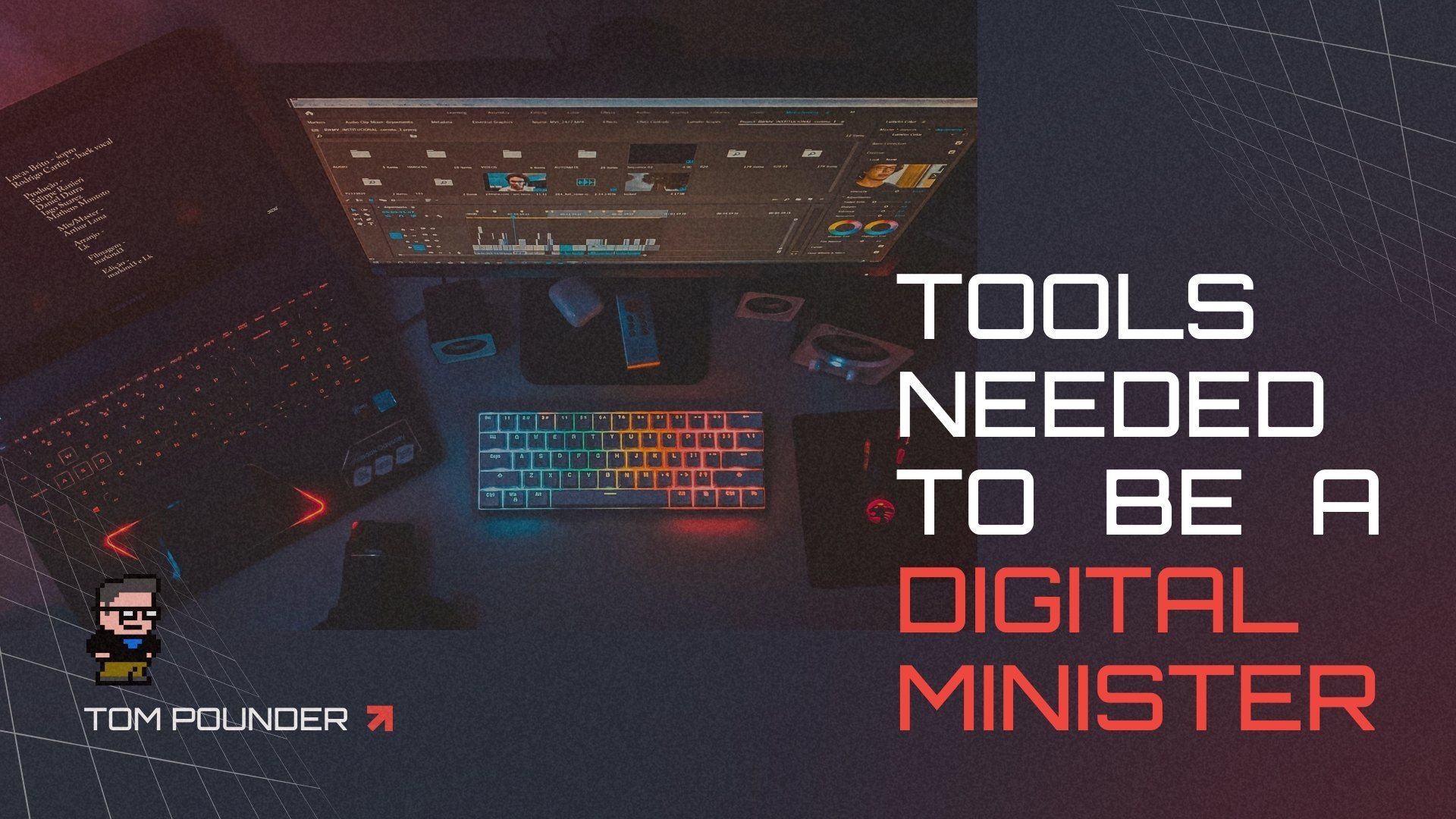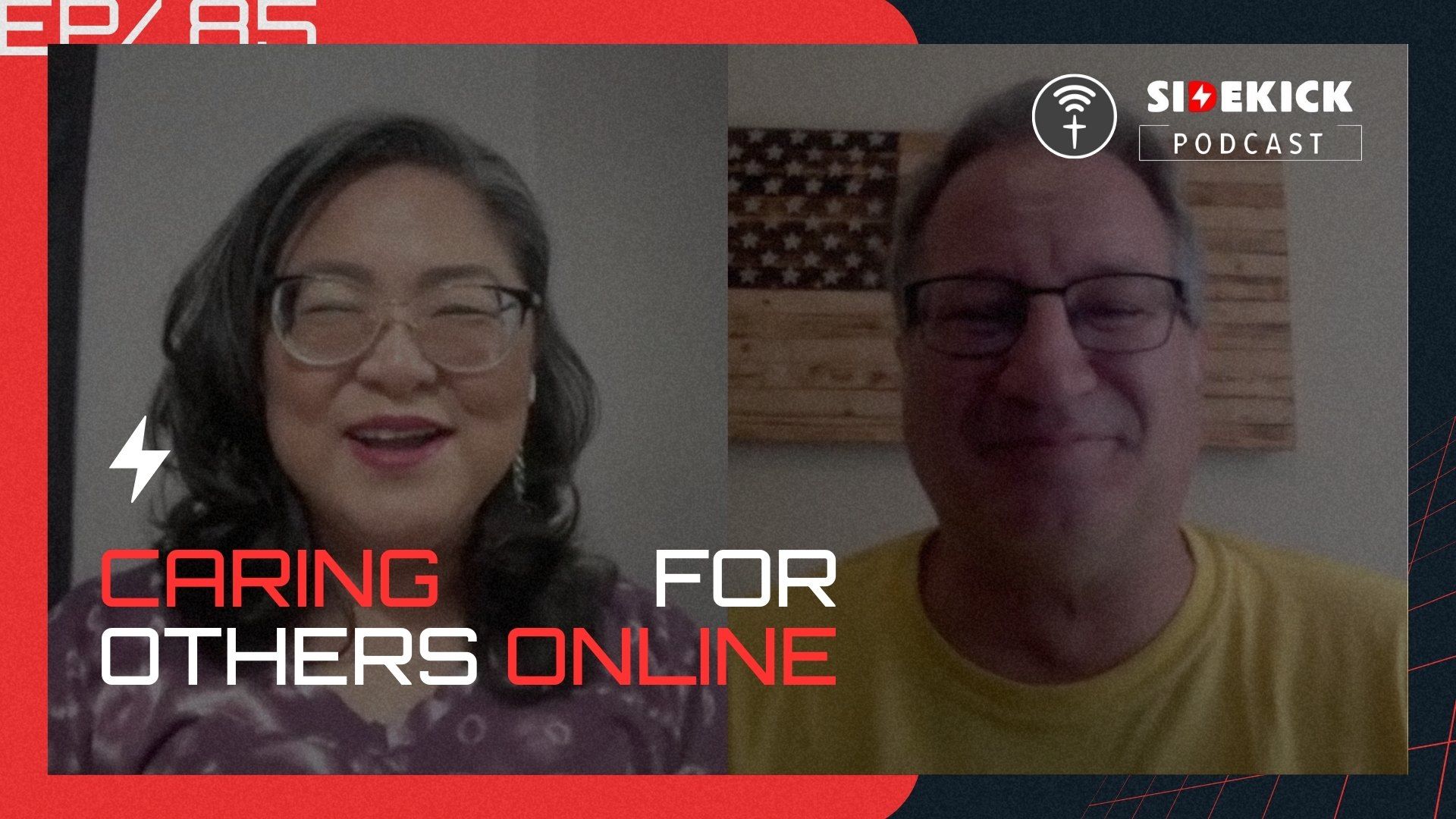Social Media Is NOT Digital Community
What social media is perfect at!
Don’t hear me wrong. Social media is vital! Social media is good at connecting with people. But its weakness is community. To understand this challenge, ask yourself: Is it better to have a million-person church or 100 000 churches of 10 people?
If you hang around me long enough, you’ve heard me ask this question. There is no right or wrong answer, although I certainly have my opinion. In our context, one million followers on social media create a powerful but unwieldy account. It struggles to be relational.
Yes, influence does happen, as two million eyeballs are glued to your account. But who are these people? Social media, like broadcasting church services online, is outstanding for connecting with people. Let them get a taste of who you are.
But social media is not good at building long-lasting relationships. That’s not a knock on digital, but it is as much a limitation on how social media platforms are designed. Relationships can be built digitally! As effective as physically? That’s a conversation for a different day.
How social media fits into your digital missionary/church strategy.
Social media is not digital community. Some of you will read that sentence with frustration. (Feel free to send any hate mail to andy@thechurch.digital.) Maybe I should take the sentence back. Perhaps I should add a descriptive word to the sentence.
What about “Social media is not a healthy digital community”? Is “authentic” better? “Stable”? What about an asterisk on the sentence and say that some people can operate social media like a digital community?
No. Let’s let it stand as is. Social media is not digital community. That’s not to discredit digital community. I have spent years… decades… developing digital communities. My first online community, eBeliever.com, launched in April 2000 and peaked at nearly 40 000 users.
We were doing Christian Facebook before Facebook was doing Facebook. I know and love digital community. But, if I’m honest, social media is the antithesis of a digital community. Sadly, the average church leader, the average person for that matter, doesn’t recognize this.
The evils of social media darken the potential of digital community in ministry. If social media is your definition of digital community, you’ve never experienced digital community.
Ready to dig in? For this article, let’s set some clear definitions for the conversation:
- Social media: Let’s define social media as more of the individual-based cloud-based platforms that individuals typically use today. Twitter/X, IG, Facebook, TikTok. These platforms make it technically easy for an individual to get their message heard worldwide. (More challenging to achieve: is anyone listening?)
- Digital community: In response, let’s consider digital community as more of an interest-based platform. Discord, Slack, Reddit, or Facebook groups. There are also paid options like Circle, Kajabi, or Mighty Networks. These platforms make it easy for an audience to engage in relational conversation digitally.
It’s worth noting that, at this article’s publication date, YouTube probably qualifies more as social media for several reasons. However, YouTube has already announced several feature upgrades that, when released, should step the platform closer to a proper digital community classification. Expect an even more exciting YouTube rolling out in early 2025.
Social media is one-way communication // digital community is two-way conversation.
Social media typically has an individual, an influencer, an organization… someone starting a post. Social media is a virtual megaphone that broadcasts for the account holder. And, if the algorithms work in your favor, your audience will hopefully attach an emoji or even a comment on that post.
Social media audiences reply to posts that you as the individual start. That’s not community. The audience cannot quickly ask you questions on social media. Yes, your social media audience can interact with you. But don’t be fooled. There’s a difference between interacting and community, even in digital space.
The simplicity of social media interaction filters out the community component. For a community to exist two-way conversations must be prevalent. Without mutual interaction, is there really a community? There is communication, yes. But community? No. Can your audience interact with you on social media?
Do you mean aside from emojis? Sure. But suppose you’ve ever been part of an active digital community on Discord, or a WhatsApp group. In that case, you will know the difference between social media’s digital communication and a dynamic digital community.
Social media is about making statements // digital community is about asking questions.
In that same vein, social media seeks a mic-drop statement, a powerful quote, or a memorable line. Something to catch an audience's attention and drive them to do something (like click that thumbs-up emoji, maybe even subscribe to your channel).
This is necessary and helpful in some ways. But digital community is all about fostering dialogue. The strength of digital community is not getting to where you convince your audience you’re right but creating a digital environment that allows people to express themselves and their opinions.
In a similar vein, social media tends to be egotistical. Okay, egotistical is too strong a word. Social media emphasizes the centrality of self, dare I say “glorifying” self? Digital communities that do well are the opposite of egotistical. Healthy digital communities are driven by humility. They’re more interested in developing relationships than being right.
Social media self-focuses // digital community empowers others.
The focus on self in social media may be entirely unintentional. To call social media “narcissistic” is probably too strong a word, but it may be in the ballpark. Self-absorbed? Self-obsessed? Intentions can be perfect for the people running social media accounts.
The feature sets on social media make it challenging to succeed and not come across as arrogant or vain. While social media struggles to create authentic communities, effective digital communities create opportunities for others to speak, moderate, and essentially take ownership.
While social media accounts depend on a social media manager and a team of creatives, digital communities depend on people from your audience who are passionate about helping others from your audience. Digital communities often depend on volunteer roles and allow for permissions where people can take responsibility for administration within the community.
The best digital communities are not staff-driven but volunteer-led. Empowering others to own your digital community is a great opportunity.
Social media normalizes // digital community nuances.
Suppose you have one million followers on IG. Well, first off, congratulations. That’s awesome. But, other than one million IG handles you don’t have much information. Social media accounts are designed to get as many followers as possible. Grow accounts to a massive size.
Social media pulls that off by normalizing the audience and generalizing who they are. Who was the one-millionth follower on your IG account? I guess you can dig in and ask using social media DM, but the software is not designed for that level of interactivity.
So, while social media normalizes or generalizes individuals, digital community gives an opportunity to nuance its audience, to discover more about who they are, and even give them a platform to speak. Digital community operates best at the nuanced level.
Dig into the minutia. What are their interests? Can they relate with others in your community? Connect those people. Social media grows by adding social media followers one by one to their accounts, but digital communities succeed by multiplying smaller, more relational communities.
So wait, you don’t want us to have a million followers on IG? Not saying that at all. I’d love to have a million followers on IG (although I’d prefer a million subscribers on YouTube, but beggars can’t be choosers).
As we said, social media, like church online services, are great at connecting with people. Social media has a phenomenal reach. When social media works you’re connecting with people from all over the world.
And, once you understand how the algorithms work, you’ll find yourself growing your followers and subscribers quickly - the same thing with a podcast audience, or an online movie, or even a book.
There are many ways to connect with people digitally, but ask yourself the question: Am I able to build relationships through this connection method?
If the answer is no then the goal is to start to figure out how to move your social media following to a digital community. Once you get people in your digital community, you can:
- More cohesively build relationships with your audience in the digital community.
- Listen to the individuals within the digital community.
- Utilize the digital community to establish trust.
So, what do you think? Do you love the idea? Hate it? Either way, I want to talk with you about it. Go ahead and jump into theChurch.digital’s Discord (http://discord.thechurch.digital) or our WhatsApp (http://whatsapp.thechurch.digital) digital community. You can find me there, and tell me what you think. See you there.
What do you think? Share your ideas on Discord or on social media.
Through the.Church.digital, we are helping physical and digital churches better understand the discipleship process, and helping churches and church planters understand this and other decentralized mindset shifts. By taking this quick assessment we can get you connect with a coach, resources and more. Also, check out our Discord Group where we are encouraging people daily.
